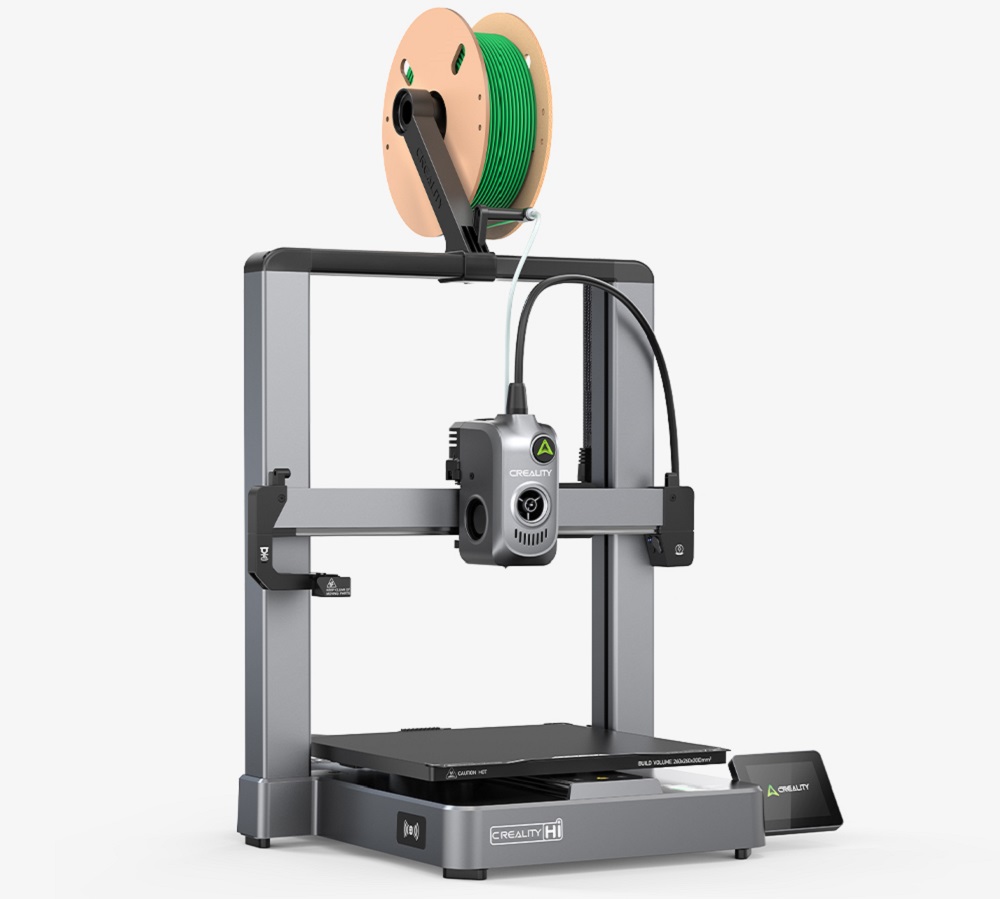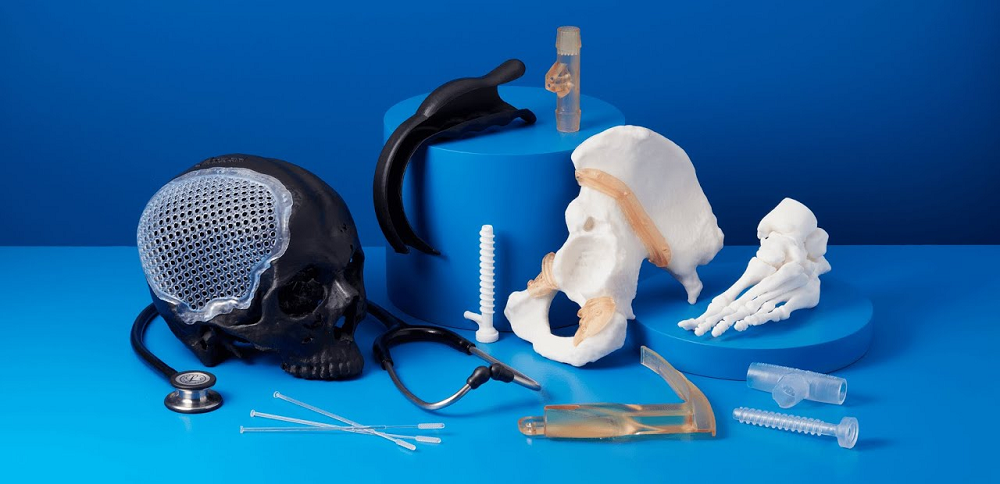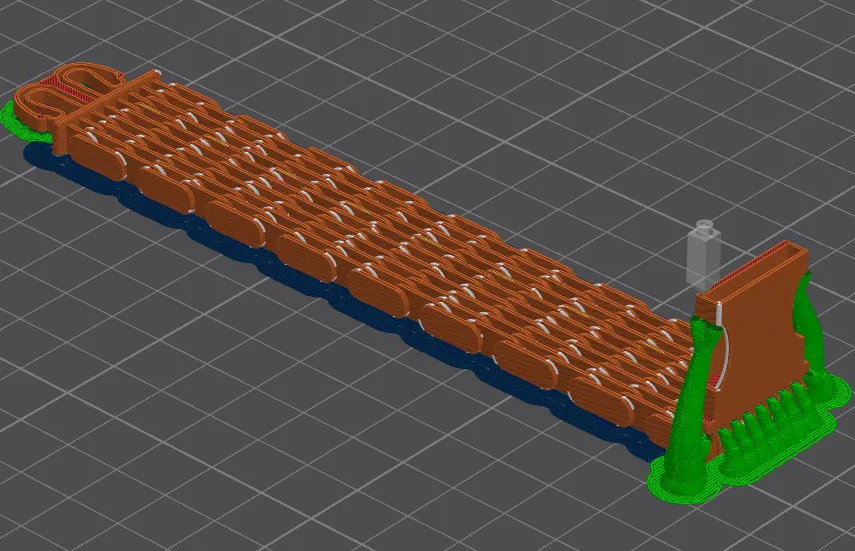Do you know how you can 3d print medical devices, bags, surface treatment masking plugs, soft robotics grippers, textiles, and much more, not through a casting or molding technique, but using silicone (with an e)?
Silicone is everywhere; it’s adaptable, heatproof, and non-toxic for food and skin. That said, can 3d printers print silicone?
The brief answer is yes. However, it’s not as easy as filling a reel and hitting “print”. Numerous engineers, enthusiasts, and developers are investing in this material for customized components, molds, and prototypes.
Today’s guide will outline 3D printing with silicone, the reasons it’s more challenging than printing ABS or PLA, and the types of technology that exist in the world for it.
Let’s dig into it.
Can You 3D Print Silicone?
Absolutely, you can do 3D printing with silicone. However, it needs professional equipment. This article serves as a comprehensive guide to silicone 3D printing, covering the challenges, processes, alternatives, and how additive manufacturing integrates with traditional silicone production methods. Among the latest advances in additive manufacturing is the arrival of an innovation that allows the use of silicone as a 3D printing material.
The majority of typical printers cannot manage actual silicone. This is because silicone does not liquefy like thermoplastics. Silicone is extremely viscous, complicating 3D printing accurately.
Besides, this slow-curing material requires pressure and regulated heat to set. This means you cannot just operate your normal FDM printer for 3D printing with silicone.
But why don’t conventional 3D printers work?
SLA and FDM printers are designed to soften and chill plastics such as ABS, PLA, and resin. That said, silicone does not melt; it sets up with heat or chemically. The thickness of silicone blocks normal nozzles, and its hardening procedure requires particular controls.
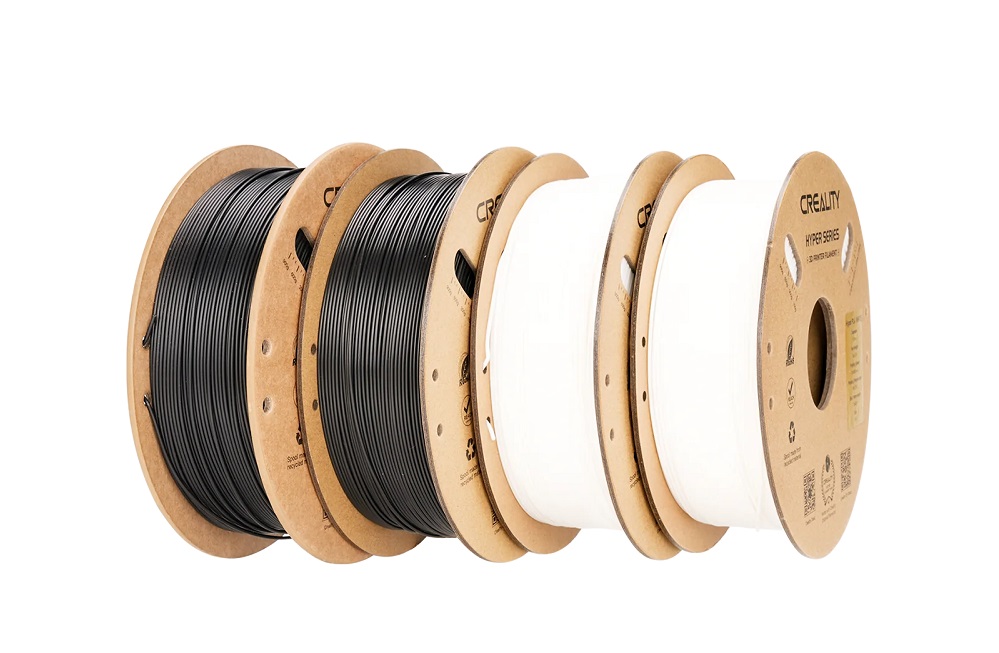
Therefore, in case you’re confused, can you 3D print silicone with the printer you already own? The answer is no, except with significant modification or purchasing a new system. The growing market and demand for silicone 3D printing technology have driven advances and new developments, making specialized solutions more available.
Why Is It Difficult to 3D Print Silicone?
It is difficult to 3D print because silicone is not similar to plastic. Silicone is sticky. It does not liquify and harden as ABS or PLA. Rather, it begins as a thick liquid and cures through heat or UV light over time. And this generates two serious issues:
-
Elevated viscosity: It’s very viscous for the majority of nozzles to tackle.
-
Slow curing: It requires pressure, time, or light to adjust correctly.
So, typical SLA or FDM printers cannot handle 3D printing with silicone.
Besides, standard extruders cannot manage it. FDM 3D printers warm thermoplastics and force them through small nozzles.
Silicone requires a very separate setup, one that can implement pressure and manage curing. Printing silicone on a standard printer is like trying to extract toothpaste via a coffee stirrer.
Comparison Table: Silicone in contrast to Regular Filaments
| Property |
Silicone
|
PLA / ABS
|
|
Texture
|
Viscous liquid (paste-like)
|
Solid filament
|
|
Print Method
|
Pressure extrusion + curing
|
Melted extrusion
|
|
Curing
|
Needs heat or UV
|
Cool to solidify
|
|
Curing
|
Needs heat or UV
|
Cool to solidify
|
Current Technologies for Silicone 3D Printing
Although conventional 3D printing technologies such as FDM, SLS, and SLA are not immediately suitable for silicone, there exist special processes and technologies designed particularly for 3D printing with silicone.
So, let’s see how professionals are resolving this.
There are 2 primary methods to address 3D printing with silicone.
Every technique has its positives and negatives. Which functions well relies on what you’re attempting to print.
1. Direct Ink Writing (DIW) / Liquid Additive Manufacturing (LAM)
Direct Ink Writing (DIW) or Liquid Additive Manufacturing (LAM) is the most prevalent procedure in innovative 3D printers for silicone molds, by which you can make a mold and then inject silicone. The 3D printer extrudes melted silicone via a syringe-like nozzle. Then, curing occurs straight after extrusion, utilizing heat or UV light.
Why does it perform?
-
Assists wiht high accuracy.
-
Excellent for soft, adaptable components.
-
Best for wearable, medical, or technical components.
But what if it has challenges? Yes, it needs a regulated environment, and materials should be particular to the printer. Also, it is costly.
Who uses it? Medical tool creators, engineering teams, and R&D labs are developing soft robotics.
2. Injection Molding + 3D Printed Molds
Tight on funds to buy a silicone 3D printer? There’s a hack.
First, 3D print a mold utilizing ABS or PLA while operating a beauty like
Creality Hi Combo, and then insert liquid silicone in the mold and allow it to dry.
Do you know why people love this?
This is because it’s cost-effective, requires no specialized machine, and cooperates with any FDM printer.
However, remember it's time-consuming (mold + cure duration) and less appropriate for intricate internal features. That said, this is the most affordable way to begin if you’re a small enterprise or DIY maker.
Applications of 3D-Printed Silicone
Do you know you can 3D print silicone for actual products? Yes, and the applications are increasing rapidly across industries.
Let’s clarify it.
Medical Devices
Silicone is harmless to skin and physical contact. This makes it perfect for customized medical equipment like soft tissue implants, hearing aid molds, and tailor-made orthotics.
Formlabs, together with The Listening Stack, has designed an inexpensive procedure for creating customized silicone ear molds through silicone 3D printing. This digitalized workflow has resulted in a 40% reduction in remakes.
Moreover, Sonova has transformed hearing aid manufacturing by using 3D printing technology to develop perfectly fitted silicone ear molds.
Wearables and Fitness Tech
Want a versatile, skin-friendly material? Silicone is all you need. Formlabs has presented Silicone 40A Resin, allowing the straight 3D printing of adaptable, skin-safe parts like smartwatch straps, customized earbuds, and fitness tracker covers.
Silicone 40A Resin components are best for uses needing longevity and flexibility, even via constant compression, expansion, or bending.
Soft Robotics
Adaptability is the gateway to soft robotics. Lynxter has designed innovative processes for producing soft pneumatic actuators utilizing silicone 3D printing. Also, you can develop grippers for fragile items and movement-based toys.
Besides, in the engineering and industrial domain, seals, gaskets, heatproof covers, and custom-made dampers are being designed by silicone 3D printing. Such parts ought to manage heat, pressure, and motion, and silicone is enough.
A table providing a quick look at where 3D printed silicone stands out:
|
Application Area
|
Common Products
|
Why Use Silicone?
|
|
Medical
|
Hearing aids, Implants
|
Adaptable, bio-compatible
|
|
Wearables
|
Straps, ear tips
|
Skin-friendly, Delicate
|
|
Wearables
|
Straps, ear tips
|
Skin-friendly, Delicate
|
|
Wearables
|
Straps, ear tips
|
Skin-friendly, Delicate
|
Alternatives to Silicone in 3D Printing
There are powerful alternatives to silicone in 3D printing. TPU, TPE, and Flex PLA are the excellent materials individuals utilize when silicone is out of the question:
-
TPU (Thermoplastic Polyurethane): It is pliable, strong, and functions with various typical FDM printers. You can easily design seals, phone cases, and wearable elements. TPU is the most common silicone alternative in 3D printing.
-
TPE (Thermoplastic Elastomer): These are just like TPU but delicate. It’s perfect for grips, handles, and fragile parts and has great bounce and impact resistance.
-
Flex PLA: A mixture of common PLA and adaptable additives enables more efficient printing than TPE or TPU. However, it’s also rigid and inelastic.
|
Alternative Material
|
Flexibility
|
Print Difficulty
|
Usage Scenario
|
|
TPU
|
High
|
Moderate
|
Wearables, versatile tools
|
|
TPE
|
High
|
Moderate
|
Grips, coverings
|
|
Flex PLA
|
Medium
|
Effortless
|
Toys, semi-flexible parts
|
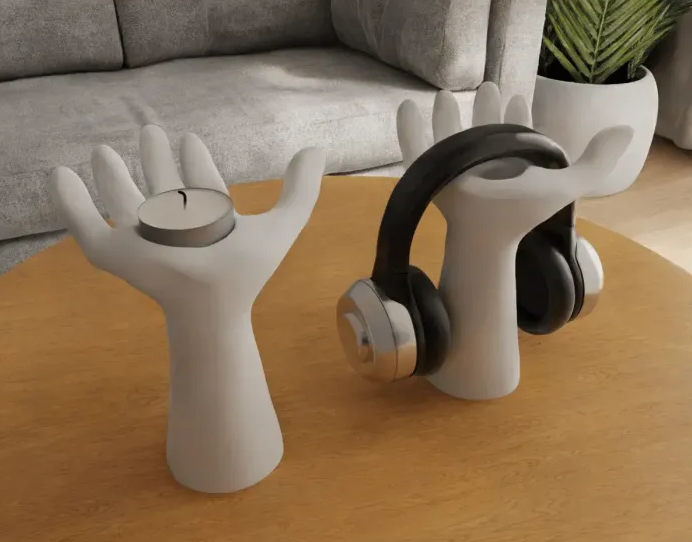
The Future of Silicone 3D Printing
Interesting stuff is coming.
Further corporations are driving change in 3D printing with silicone. New machines and software are simplifying printing versatile, skin-friendly elements, even at home.
What’s next in line?
-
Upgraded printers: Budget-friendly tools made particularly for delicate materials.
-
Material Improvements: New printing-friendly silicones with quick cure durations and steady flow.
-
AI Integration: Automatic slicing setups for specialized silicone shapes.
Read our expert guide on future of 3d printing industry to improve print accuracy and consistency.
Conclusion
Absolutely, you can 3D print with silicone; however, it takes appropriate tools.
Conventional SLA or FDM printers cannot manage real silicone. You require specific hardware such as liquid additive manufacturing or Direct Ink Writing tools systems. However, you can still produce silicone components utilizing 3D printed molds and casting procedures.

